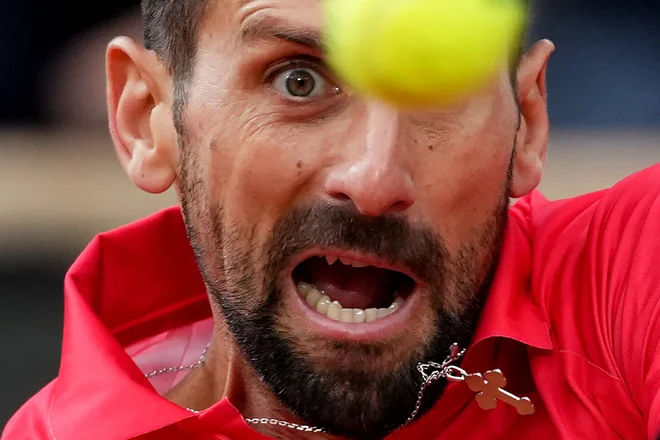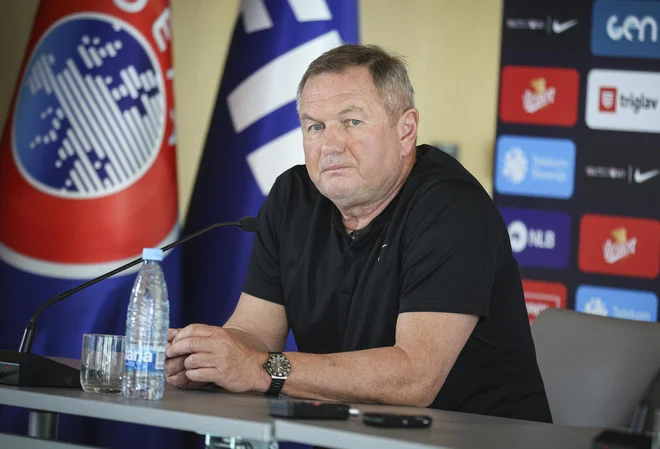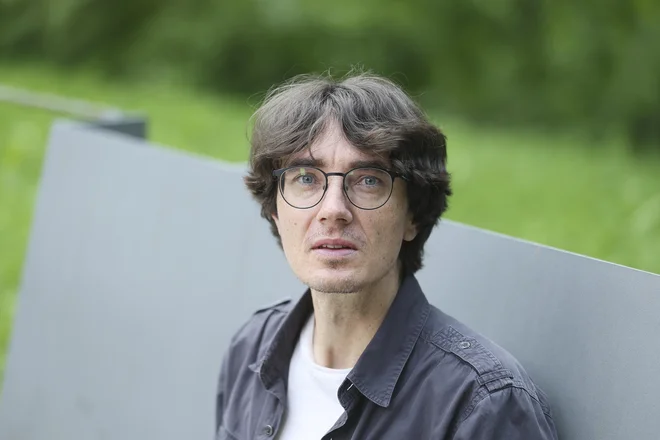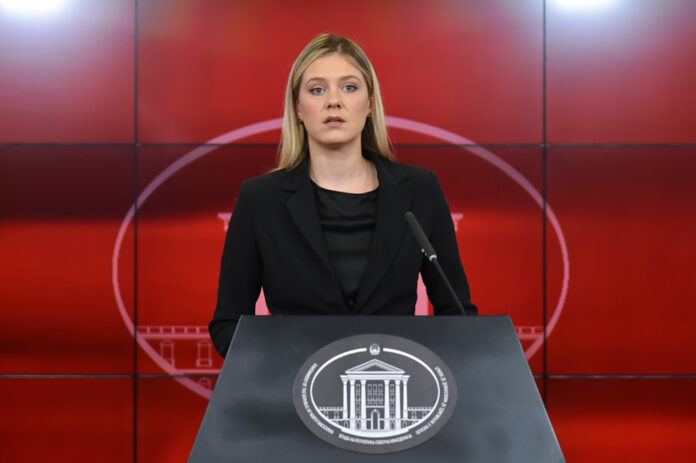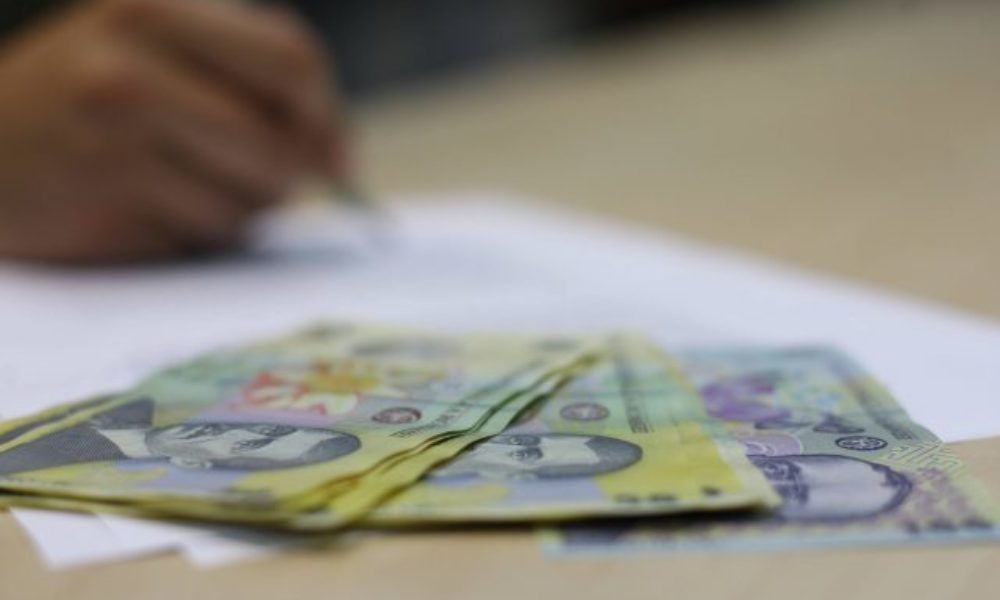Magnum Agency – Modern Classics of Photo Resence
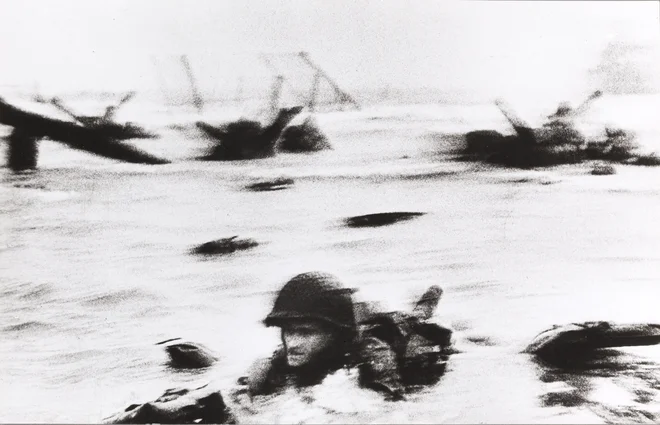
Less than two years after World War II, April 1947, five professional and reputable photojournalists gathered on the roof terrace of the New York Museum of Modern Art (MOMA): Henri Cartier-Bresson, Robert Capa, George Rodger, David Seymour and William Vandivert. They agreed to set up a photographic agency and name Magnum. The agency quickly gained worldwide reputation in documentary photography and became synonymous with the modern classic of photojournalism. Many of her photographs have impressed in the collective memory of humanity.
Robert Capa (1913–1954, Hungary): invasion of American troops to Omaha Beach, Dan D of disembarkation in Normandy, 6. April 1944. Photo: © Robert Capa, Magnum Photo. With the permission of Ostlicht Gallery, Vienna.
One such image is a portrait Cheaa Guevare With a cigar protruding from the right corner of his mouth, from a series of photos he took in 1962 in Switzerland Born René burri (1933–2014). In 1959 he became a full member of Magnum. He photographed Che Guevaro during an interview with an American journalist who worked for Look magazine. Magnum has distributed these portraits worldwide. Burri’s friend made a poster with this photo and many bought it. And then came the revolutionary year 1968 in Paris with student rebellion and Burri’s portrait of Che Guevare with a cigar became a hit. He was even on the flags of students who demonstrated. « Later, when I visited Cuba again, I saw that photo on T -shirts that were made for the Cuban Ministry of Information. »
The Vienna Gallery Ostlicht hosted an exhibition Magnum MasterpiecesMasters of Magnum members, which featured several outstanding photographs.
The warming of the Cold War
Many famous photographers of the 20th century were part of the Magnum family and created several photographic icons. One such photo is definitely the one taken in 1959 by American photographer Elliott Erwitt (1928–2023) During the « kitchen debate » among the Soviet party leader Nikito Khrushchev and Richard Nixon, who was at the time of the US Vice President. This was the time of a certain warming of the Cold War between the US and the USSR, so in the summer of 1959 in Moscow, they made a great exhibition on the US achievements and the lives of its inhabitants.
At some point, a heated debate broke out between Khrushchev and Nixon, who jointly visited the opening of the exhibition, with the part of the layout, where modern American family cuisine with the latest household appliances was presented. Khrushchev emphasized the benefits of socialism, and Nixon was capitalism. There were several journalists around them, and Erwitt was best transferred by the atmosphere of that moment and in general the ideological conflict between the superpowers, as he managed to enter the kitchen space. A photo of Nixon, who, with a very serious expression on his face with the index finger, points to Khrushchev, who had his eyes closed at that moment, was evidence of the US audience that the US had the will to counter the expansive power of the USSR, which at the time proved its superiority in space flights. Shortly after that moment, Nixon used a photo in his (unsuccessful) campaign for the President of the United States, in which he was defeated by John F. Kennedy.
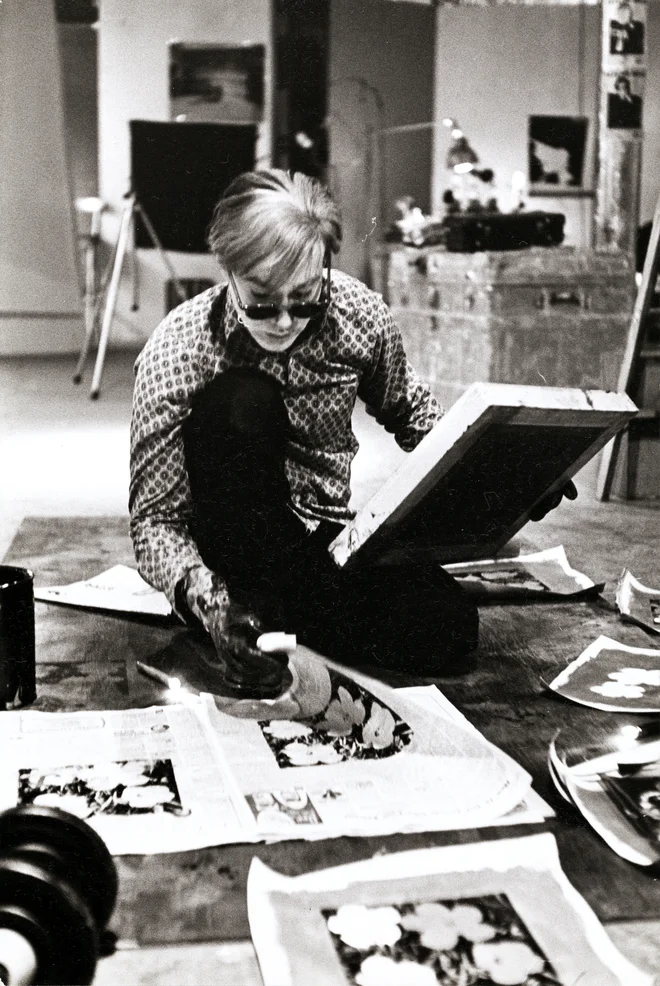
Eve Arnold (1912–2012, USA): Andy Warhol works in his Silver Factory, New York City, 1964. Photo: © Eve Arnold, Magnum Photo. With the permission of Ostlicht Gallery, Vienna.
There is also a legendary photo at the Vienna exhibition For the Saint-Lazare station, Paris. Many say this is the best photo of one of the largest photographic artists of the 20th century, Frenchman Henry Cartier-Bresson (1908–2004). Today is, among other things, part of the MOMA collection in New York. Cartier-Bresson recorded it in 1932, when Magnum did not exist yet, but later the agency successfully marketed it for decades. Cartier-Bresson photographed a man jumping over the puddle. Even today, the original photo can be purchased at Magnum, the current price of one copy (format about 55 x 40 centimeters) is 22,000 euros.
The famous Hungarian-American photojournalist Robert Capa (1913-1954), also one of the co -founders of Magnum, made a name for photographs from the Spanish Civil War 1936-1939, and then with photographs from World War II. Capa was a photographer in the U.S. Army’s Desno Units, which, on the first day of disembarkation in Normandy, on 6 April 1944, disembarked on the so -called Omaha beach and were exposed to the deadly fire of German defense units. The blurred photos of American soldiers located in the shallow coastal water near anti -tenant barriers to protect themselves from the fire of the enemy are among the better known from World War II. Cap’s photos from this and many other wars have been published worldwide. The photographer walked to Mina in Vietnam in 1954, where domestic forces fought against French colonial units, and died at only 40. He has left over 70,000 negatives.
The third co -founder of Magnum, George Rodger (1908-1995), was a British photographer who first worked for BBC’s Listener magazine. He was famous with photographs of German bombing of Britain and thus attracted the attention of the famous American magazine Life. He was a photographer from many Battlefields of World War II. He met Robert Capo on the Italian battlefield. Since the 1950s, he had most often Africa in the focus of his camera, and has made reportage for National Geographic and other important magazines.

René Burri (1933–2014, Switzerland): After the construction of the Berlin Wall, West Germany, August 1961. Photo: © René Burri, Magnum Photo. With the permission of Ostlicht Gallery, Vienna
Wars, camps, hunger
David « Chim » Seymour was born in 1911 in Warsaw as David Szymin in the family of Jewish printers. After studying at Sorbona in Paris, he remained in Paris in the 1930s. In the French metropolis, he started taking pictures, posting photos in numerous newspapers, and met Cartier-Bresson and Capo. He was a photographer in the Spanish Civil War, followed by a group of Spanish Republicans who emigrated to Mexico. After the outbreak of World War II, he moved to the US and changed his last name to Seymour. In 1947 he became the co -founder of Magnum. The following year, Unicef hired him to take pictures of children in Europe who needed help. This project has created a booklet with just over 50 pages of his photographs, which is considered one of the most important photojournalists. « Seymour showed how the camera can show the human state, » says Nadya Bair, a historian at Magnum. He has also photographed numerous movie stars in Europe and also established the State of Israel. After the death of Cape, he became president of Magnum. He remained in this position for a little over two years, until November 1956, when he was killed by balls from the Egyptian engine room near the Suez Canal, where he intended to photograph the exchange of captives.
William Vandivert (1912–1989) was also one of the five founders of Magnum. Just before the beginning of World War II, in the summer of 1939, he recorded a report on Paris. He also painted German bombing of London and Britain. He reported, among other things, the catastrophic hunger in India in 1943. He has also been on numerous battlefields during these years. His photographs of the gardelegen concentration camp are known. Vandivert was also the first Western photojournalist to be in Hitler’s bunker after the battle for Berlin at the end of the war. Life also published a report on this. He is least mentioned in the history of Magnum, as he left the agency in 1948.

